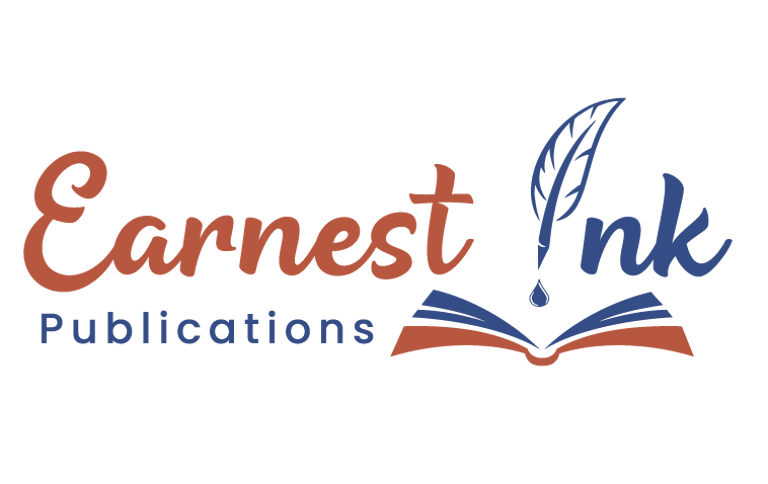Contact us directly for bulk orders.
10 Types of Editing Every Writer Should Know
WRITERS' CIRCLE
12/5/20241 min read


Editing is a crucial part of the writing process, but not all editing is the same. From refining your story's big picture to perfecting the smallest details, each type of editing serves a specific purpose. In this blog post, we break down 10 essential types of editing, including developmental, line editing, copyediting, and more. Whether you're polishing a novel, crafting a technical manual, or preparing your manuscript for publication, understanding these editing styles will help you choose the right approach to make your writing shine.
1. Developmental Editing
Focuses on the overall structure, content, and flow of the manuscript. It examines the big picture, including themes, organization, character development (for fiction), or argument strength (for non-fiction).
2. Structural Editing
A subset of developmental editing that emphasizes reorganizing or restructuring sections of the work to improve coherence and logical flow.
3. Line Editing
Concentrates on improving sentence structure, word choice, and tone. It ensures that the writing is clear, engaging, and appropriate for the target audience.
4. Copyediting
Focuses on correcting grammar, spelling, punctuation, syntax, and consistency. It also ensures adherence to style guides and checks for factual accuracy.
5. Proofreading
The final stage of editing, which involves checking for any remaining errors in spelling, grammar, punctuation, formatting, and layout before publication.
6. Substantive Editing
A mix of developmental and line editing, where both content and writing style are refined. It involves significant rewriting or reorganization.
7. Technical Editing
Ensures the technical accuracy of specialized or industry-specific content. It checks for clarity, precision, and adherence to technical standards or jargon.
8. Manuscript Critique
A high-level evaluation of the manuscript without making specific changes. The editor provides feedback on strengths and weaknesses in areas such as story, structure, and pacing.
9. Fact-Checking
Verifies the accuracy of claims, statistics, and references in the manuscript, ensuring the content is reliable and credible.
10. Sensitivity Editing
Reviews the content to ensure it is inclusive, respectful, and free from unintended bias or harmful stereotypes.
